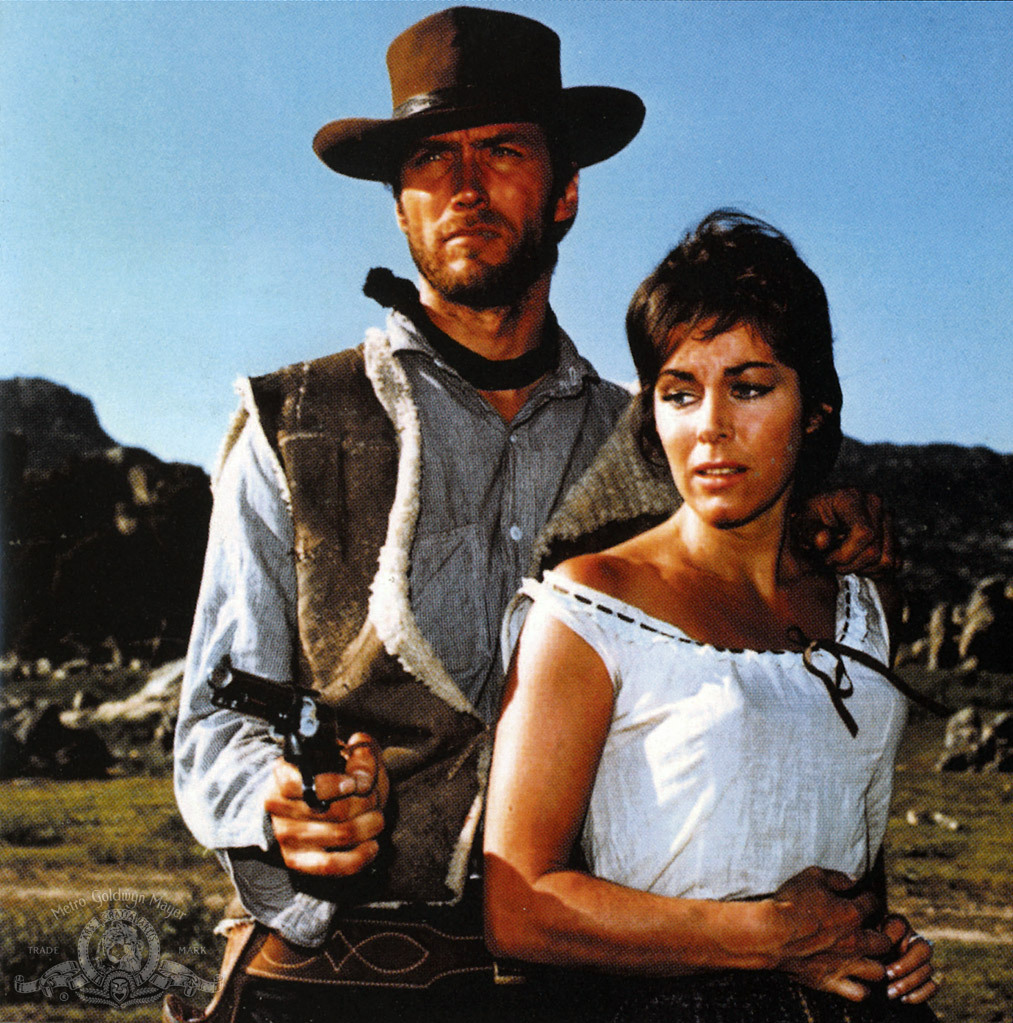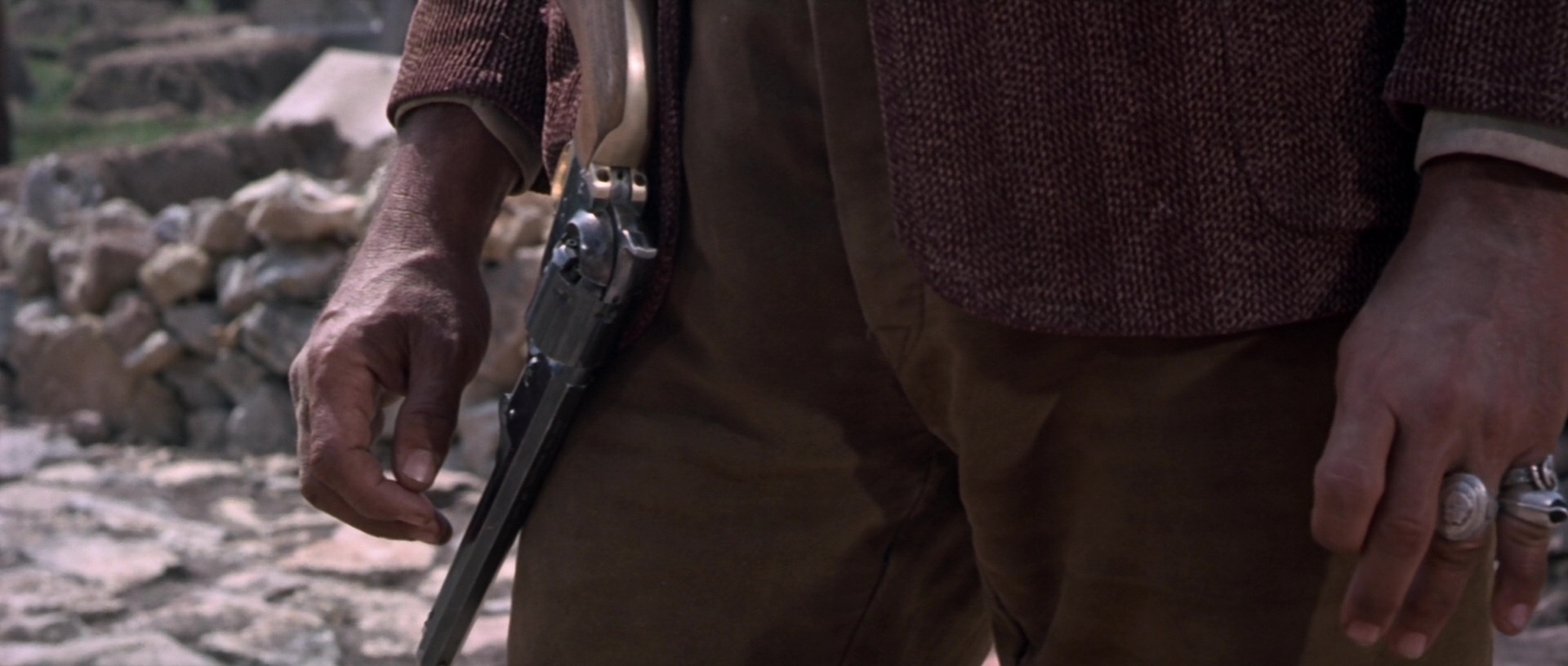I had meant to write about “The Four Rules work” last night but decided on a different style of article.
After reading about Alec Baldwin killing a person on set, there was an uproar in the gun community. Many of us wanted Alec arrested and treated like we assume we would be treated. Others advocated from “positions of knowledge” to tell us that it was never Alec’s fault, he was just a trained monkey.
Turns out that Alec was more than just a trained monkey in front of the camera. He was also the producer, which meant he was also responsible for the safety culture on set.
What I really wanted to talk about was, “how come this didn’t happen way back when?” They used to make a “western” a week. There were weekly westerns, which often included gun fights. Why didn’t we see or hear about accidents back then?
Even before Jeff Cooper made his four rules famous, there were westerns shot without incident. How come?
Let’s start with A Fistful of Dollars

In this quick draw scene, nobody is in the line of fire for either shooter. Clint’s gun is pointed to his left as he fans the hammer. His intended targets are all offscreen. He is pointing his gun at nothing. The bad guy is still in the middle of his draw. It might look like he is muzzling himself, but it is more likely his muzzle is in front of him. If you look at the background, the only person is behind Clint. The bad guy can aim at the fountain, and it will still seem like he is aiming at Clint.

Clint has the bad guy at gun point. But there is nobody where his gun is pointing.

Shooting at Clint. But nobody is where that gun is pointing.
Moving on to The Good, the Bad, and the Ugly, we see the same sort of thing. Even more, while we see the character’s loading guns from time to time, when you look at closeups of the guns you find something interesting.

If you look at the revolver, you should notice that it doesn’t have a loading gate. That is because this is a cap and ball revolver. There is no cap on the nipples. This makes it trivial to verify that the gun cannot fire.

You can see the game being played in these two side by side shots, just before the big gun fight. The pistol belt has cartridges in it. All of those cartridges would have been dummy rounds. Take careful note of the pistol, though. It is a cap and ball revolver.
The left image is part of the montage of quick cuts between the three actors. There is no reason for there to even be dummy rounds in that revolver.
The right image is just before he draws. This is a single cut. In this image, you can see that his right hand has moved slightly AND there are now caps on the nipples of the revolver. When Van Cleef draws, he will pull the hammer back and fire the gun. There will be a soft pop from the cap and a flash. There may or may not be powder in the chamber.
Regardless, there will be nobody where he is pointing the pistol when he shoots.
In a dozen movies I watched shortly after the Rust shooting, I only saw a couple of scenes where the pistol might have been pointing near a person. All of those scenes were framed in such a way that it is possible for the gun to have been pointing away from all people.
It is certainly possible to film dangerous looking scenes involving guns without actually putting people at risk.

If I remember correctly, and I do not, there was not a scene being actively filmed when Baldwin pulled the trigger. But, I will admit, I am likely wrong on that.
.
If Baldwin was not actively acting, and they were walking through the shot, pointing a gun at someone was even more egregious of a sin.
Baldwin was in the “church” preparing to film a scene. The revolve was being carried in a shoulder rig. They were doing setup. During setup, he was “quick” drawing from the holster, pointing the gun at the cameraman, and asking for feedback. During one of the tests, he pulled the hammer back to full cock.
.
Since the camera was looking straight on, they wanted to see that the gun was “loaded”.
.
In my safety world, the armor would have been in the church with the crew. When the director called for the scene to be shot, she should have gone to Alec, taken the pistol from him, and at that point, with the trained monkey watching, put individual dummy rounds in the revolver, showing the dead primer and shaking the cartridge to show it was a dummy.
And in these days of digital … Learning that just makes it worse.
.
Point camera at dancing monkey. Start the camera recording. Everybody step out of line. Draw etc. Reholster. Then everybody looks at the digital footage.
.
If it don’t look good, erase. Or don’t, storage is cheap.
Fashion photography uses flattening quite a bit to create more flattering images. My portraiture lens is a Nikon F2 105 mm lens with adjustable Depth of Field. What this allows me to do is to focus on a model’s eye from 20ft away. Have the DoF adjust to the tip of her nose. Which makes the image look “nicer”.
.
If you know what to look for in the movies, you can spot the use of fore shorting and having people at different distances than the camera seems to portray them.
.
It is cool to do.
I’m not sure how many times that I’ve seen the trilogy (although, G, B, & U is my favorite of the 3) and I have never noticed that the revolvers are still cap & ball. As there were cartridges in the belt, I assumed that the revolvers were converted to metallic cartridges.
I’m embarrassed.
I can easily put together the shots to convince you one actor pushed the other off a cliff, with only one of them needing to be near the edge in a single shot, and any struggle taking place well away from any danger.
.
The thing is to remember the camera flattens a 3D space into a 2D image — and that flattening lets you hide a great many details. Even if you’re shooting 3D, past about 20 feet the 3D effect goes away.
Trick shots and manipulation are a fascinating part of film I’ll only ever get to learn about from the side. Like how they filmed the Lord of the Rings to make the hobbits look shorter than the other actors. Seeing those western shots like that makes it very clear but I had no idea.